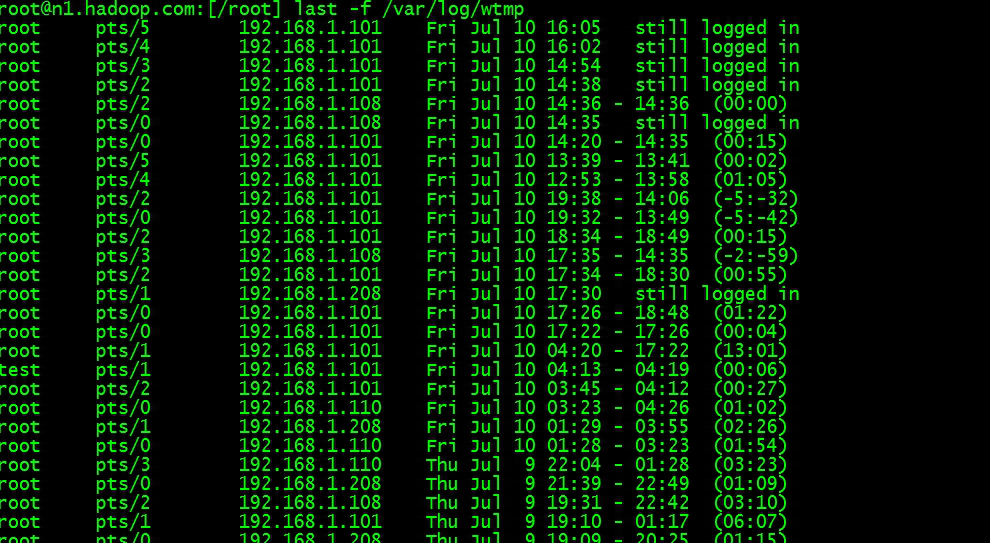2019独角兽企业重金招聘Python工程师标准>>> 
Android中使用volley进行Https 通讯的时候,如果没有申请正式会报错:( 我们的服务器用nginx作为容器 )
VolleyEror: com.android.volley.NoConnectionError: javax.net.ssl.SSLHandshakeException: java.security.cert.CertPathValidatorException: Trust anchor for certification path not found.
最好的办法是按照规则来办事:加证书。然而调试服务器说不加...
那么要怎么才不会报错呢?
1.查看接口 X509TrustManger.java ( 在包javax.net.ssl )
X509TrustManager.Java
//------------------------------------package javax.net.ssl;import java.security.cert.CertificateException;
import java.security.cert.X509Certificate;/*** The trust manager for X509 certificates to be used to perform authentication* for secure sockets.*/
public interface X509TrustManager extends TrustManager {/*** Checks whether the specified certificate chain (partial or complete) can* be validated and is trusted for client authentication for the specified* authentication type.** @param chain* the certificate chain to validate.* @param authType* the authentication type used.* @throws CertificateException* if the certificate chain can't be validated or isn't trusted.* @throws IllegalArgumentException* if the specified certificate chain is empty or {@code null},* or if the specified authentication type is {@code null} or an* empty string.*/public void checkClientTrusted(X509Certificate[] chain, String authType)throws CertificateException;/*** Checks whether the specified certificate chain (partial or complete) can* be validated and is trusted for server authentication for the specified* key exchange algorithm.** @param chain* the certificate chain to validate.* @param authType* the key exchange algorithm name.* @throws CertificateException* if the certificate chain can't be validated or isn't trusted.* @throws IllegalArgumentException* if the specified certificate chain is empty or {@code null},* or if the specified authentication type is {@code null} or an* empty string.*/public void checkServerTrusted(X509Certificate[] chain, String authType)throws CertificateException;/*** Returns the list of certificate issuer authorities which are trusted for* authentication of peers.** @return the list of certificate issuer authorities which are trusted for* authentication of peers.*/public X509Certificate[] getAcceptedIssuers();
}//-------------------------------------------------------------------------------
2.FakeX509TrustManger implements X509TrustManager
package com.http.utils;
import java.security.KeyManagementException;
import java.security.NoSuchAlgorithmException;
import java.security.SecureRandom;
import java.security.cert.X509Certificate;
import javax.net.ssl.HostnameVerifier;
import javax.net.ssl.HttpsURLConnection;
import javax.net.ssl.SSLContext;
import javax.net.ssl.SSLSession;
import javax.net.ssl.TrustManager;
import javax.net.ssl.X509TrustManager;
/**
*
*
* Created by Administrator on 2016/2/17.
*/
public class FakeX509TrustManager implements X509TrustManager {
private static TrustManager[] trustManagers;
private static final X509Certificate[] _AcceptedIssuers = new
X509Certificate[] {};
@Override
public void checkClientTrusted(java.security.cert.X509Certificate[] x509Certificates, String s) throws java.security.cert.CertificateException {
//To change body of implemented methods use File | Settings | File Templates.
}
@Override
public void checkServerTrusted(java.security.cert.X509Certificate[] x509Certificates, String s) throws java.security.cert.CertificateException {
//To change body of implemented methods use File | Settings | File Templates.
}
public boolean isClientTrusted(X509Certificate[] chain) {
return true;
}
public boolean isServerTrusted(X509Certificate[] chain) {
return true;
}
@Override
public X509Certificate[] getAcceptedIssuers() {
return _AcceptedIssuers;
}
public static void allowAllSSL() {
HttpsURLConnection.setDefaultHostnameVerifier(new HostnameVerifier() {
@Override
public boolean verify(String arg0, SSLSession arg1) {
// TODO Auto-generated method stub
return true;
}
});
SSLContext context = null;
if (trustManagers == null) {
trustManagers = new TrustManager[] { new FakeX509TrustManager() };
}
try {
context = SSLContext.getInstance("TLS");
context.init(null, trustManagers, new SecureRandom());
} catch (NoSuchAlgorithmException e) {
e.printStackTrace();
} catch (KeyManagementException e) {
e.printStackTrace();
}
HttpsURLConnection.setDefaultSSLSocketFactory(context.getSocketFactory());
}
}
3.在请求前设置忽略所有的验证,允许所有的SSL
FakeX509TrustManager.allowAllSSL(); //it is dangerous!但是有的时候我们需要这样做!!//========================StringRequest=====================================================StringRequest httpRequest = new StringRequest(requestMethod, url, new Response.Listener
参考链接:http://www.trinea.cn/android/android-java-https-ssl-exception-2/











 京公网安备 11010802041100号
京公网安备 11010802041100号